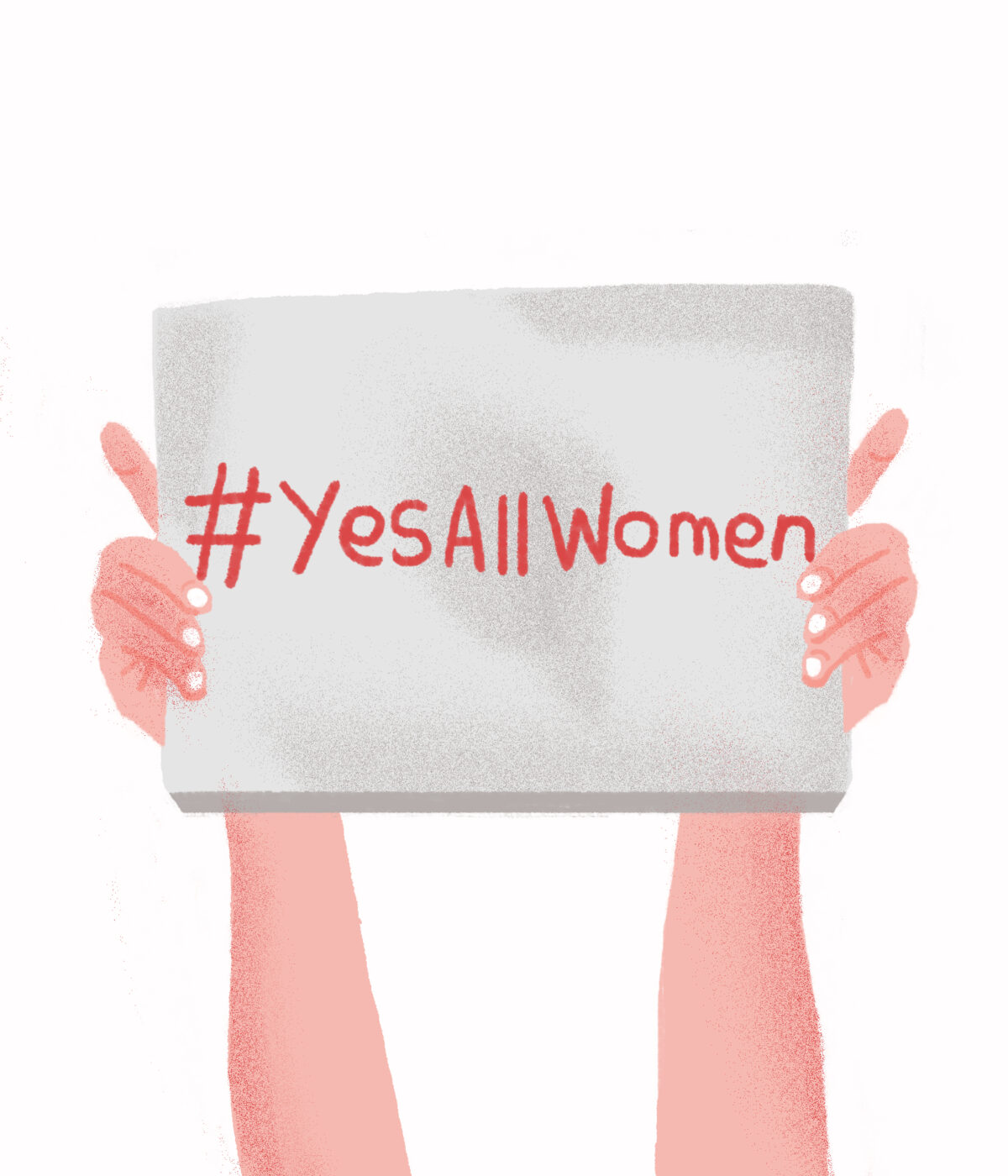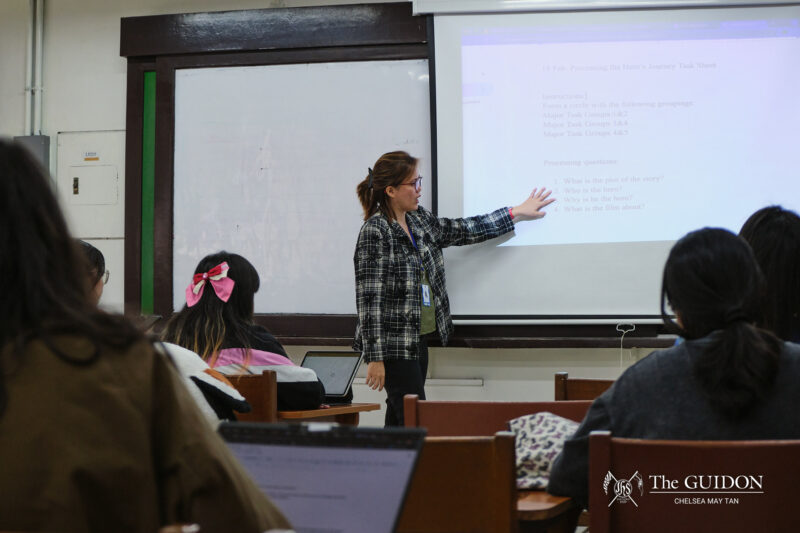Discrimination and abuse have longstanding cultural and historical backgrounds. Even among the first established human communities, these issues have already existed and burdened countless numbers of people.
In the course of time, these communities progressed into cities and nations, but issues of discrimination never really went away. With the recent advancements in the depth and scope of social theories, social advocates began to separate and classify these issues into different categories in order to increase understanding and come up with specific solutions. The most prominent of these classifications include race, class, and gender-based inequalities.
On that note, feminism has emerged as one of the most common ideologies in the modern era. It has consistently defied the systems of societies dominated by patriarchy in the hopes of being able to develop and sustain equality between both gender groups and establish social rights for women.
However, during the forefront of feminist movements in the 1960’s, issues of exclusivity within the feminist movement started to surface. Women of color, in an attempt to dispute their exclusion from the movement, argued that the experiences of white, middle class women were not representative of the entire female community. Thus, in an attempt to reconcile race, class, and gender, intersectional feminism emerged.
Defining intersectionality
Intersectional feminism is rooted in the concept of intersectionality, which was formally recognized only in 1989, when Kimberlé Williams Crenshaw wrote “Demarginalizing the Intersection of Race and Sex: A Black Feminist Critique of Antidiscrimination Doctrine, Feminist Theory and Antiracist Politics.” In this essay, she sought to explore the highly relevant yet underdeveloped connection between race and gender in relation to the feminism movement and anti-discrimination laws.
Jessica Claudio, teaching assistant to Sociology and Anthropology Professor Emma Porio, gives her own definition of intersectional feminism as the inclusion of race and class-based discrimination in the discourse for feminism. “So ibig sabihin, when we think about solutions to gender inequality and discrimination, hindi lang siya one-solution mindset (So that means, when we think about solutions to gender inequality and discrimination, it’s not just a one-solution mindset),” she adds.
As this definition suggests, discrimination and abuse occur not only physically and psychologically, but also in other aspects that are often overlooked, such as economic abuse. “In the Philippines, siguro ang pinakamatinding expression ng gender discrimination or gender inequality is poverty (In the Philippines, I think the most prominent expression of gender discrimination or gender inequality is poverty),” Claudio explains.
Admittedly, poverty affects people regardless of gender, but a disproportionate amount of this abuse is skewed towards women. The presence of wage gaps, limited job offerings and restricted opportunities continue to hamper women, especially those in the lower social brackets where these problems are rampant and largely unresolved.
Discrimination in the political scene is also evident. The biggest issue that non-male genders deal with is the lack of proper and thorough representation. Progress with laws that protect women is often slow-paced because they are bogged down with controversy—something which Diana Mendoza, a Political Science professor, attributes to the very male-dominated state of the Philippine congress at present.
Established connections
These ideas are indicative of the severity of gender-based abuse in the country, but more importantly, they also reveal the potential relevance and significance of intersectional feminism. This is especially true when considering that race and class-based forms of abuse are deeply rooted in our history and culture.
For instance, cases of gender inequality were already present during the pre-colonial period. Claudio cites inter-tribe conflicts as an example. “During times of war, ang point of conquest mo kung dalawang tribes kayo kunwari na nag-aaway, is always the women (During times of war, the point of conquest of two tribes quarreling is always the women),” she says, “When you hurt the women, you underestimate the masculinity of the other group.” This disparity is also evident in alliance pacts made through marriage arrangements. The women used as offerings to other tribes were raised from birth to be beautiful and “pure” both physically and sexually, a clear restriction of sexuality at play.
The introduction of capitalism as the primary mode of production only served to complicate matters even more. At that point, certain job stereotypes were placed on women. Many were limited to scribe work and other forms of light labor, while some were not allowed to take on jobs at all. This division of labor led to a lack of financial stability especially for single women, and as Claudio insists, it increased and solidified the inequality between men and women even more. Furthermore, undermining a woman’s abilities and capability to work does not only cripple finances—it can also cause direct physical and mental strains in addition to the ones they already face as a result of the other forms of abuse.
As such, policies and movements were created to safeguard women and uphold their rights. After all, “Gender is just one signifier or indicator just like race and ethnicity, but it shouldn’t be used as a tool or as a means to segregate and to discriminate and to classify people who gets to have access to basic services or benefits from the government,” Mendoza stresses.
To this, she cited Republic Act No. 9262, or the Anti-Violence Against Women and Their Children Act of 2004, as an example. “The innovation [with the act] was this: Economic abuse was added,” she says. “Economic abuse is when you prevent your wife or your partner from becoming independent, working, and eventually having her source of income.”
Claudio also affirms this fact. “Kasi tayo, kung mapapansin mo, yung women’s movements natin are closely tied with class-based movements (Because with us, if you’ve noticed, our women’s movements are closely tied with class-based movements),” she notes. “So, for instance, the General Assembly Binding Women for Reforms, Integrity, Equality, Leadership and Action (GABRIELA) is not just a women’s rights movement, it is also a social justice movement [that] tackles the issues of poverty, of human rights.”
Stalemate
With that said, there are still some things to keep in mind when it comes to talk of intersectional feminism. There is much to improve on, especially with the general views and stances of people towards women and feminist ideals.
At present, the term “feminism” has unfortunately accrued a stigma of hostility and exclusivity as a result of the actions and statements of some radicals and fanatics. On that note, Mendoza states that “to flaunt or to claim right away that you’re arguing from a feminist lens or feminist perspective may not necessarily be a good strategy especially if your purpose is to mobilize support for women’s causes. Kasi for some, the use of feminism alone may have this so called ‘exclusive effect’ kind of thing.”
Things are no different here in the Philippines. While there has been a surge in the formation of women’s movements over the last few decades, there are still tensions and conflicts that have yet to be settled.
In relation to this, in one of Dorothy Friesen’s entries to the National Women’s Studies Association Journal, she connects the “militant, nationalistic, and cross-cultural” characteristics of local women’s movements, like GABRIELA, to the influence of the periods of Spanish colonization and Martial Law. These long periods in our history have established male superiority and dominance; doubtlessly contributing to the dismissive and even skeptical view that some people have with regards to these movements’ otherwise noble goals and intentions.
Claudio asserts that the very nature of the concept can also cause potential problems. “Ang problema ng intersectional feminism is that masyado siyang broad and masyado siyang vague (The problem with intersectional feminism is that it is too broad and vague),” she explains.
“Is it a feminist theory? Is it a feminist methodology for research? I think that’s the bigger question.”
Potential for change
Nevertheless, there are ways to address these weaknesses. Education is pivotal in helping people understand and minimizing confusion. “Education opens your eyes, opens up your mind, and you begin to contest, begin to challenge things,” Mendoza says.
This level of criticality is essential in keeping people vigilant and aware of gender inequalities from the large-scale platforms of politics and economics, all the way down to the family units. Having competent and gender-sensitive parents and instructors can be just as important as having champions in legislation and public service; “Gender issues cut across a lot of boundaries. You cannot contain it in just one policy. It basically affects all aspects and all dimensions of life,” Mendoza emphasizes.
Although, perhaps the more important thing to consider is that the framework is already laid out for everyone. The Philippines is truly capable of fleshing out and improving existing revolutionary movements, policies, and laws, as well as creating new ones. Ideally, this can abolish the culture of silence and put an end to gender and class-based abuse.
However, intersectionality is difficult to work with if not solely for the fact that it is very complex; connecting topics as broad as race and gender calls for equally extensive research and involvement. For as long as people remain complacent and unwilling to contribute, the possibilities will remain as such, and the cycle of violence and abuse will just continue.
In the end, it boils down to proper implementation and active effort from all parties to make intersectional feminism not only functional and beneficial, but also carried out to its fullest potential.








Interesting discourse. Though I would suggest that the article add a specific example of pre-colonial intertribal conflicts that indeed support that example being given, as I don’t think I’ve heard too much about those events taking place, and I would genuinely be curious about looking into them. I’m sure some would agree with me.